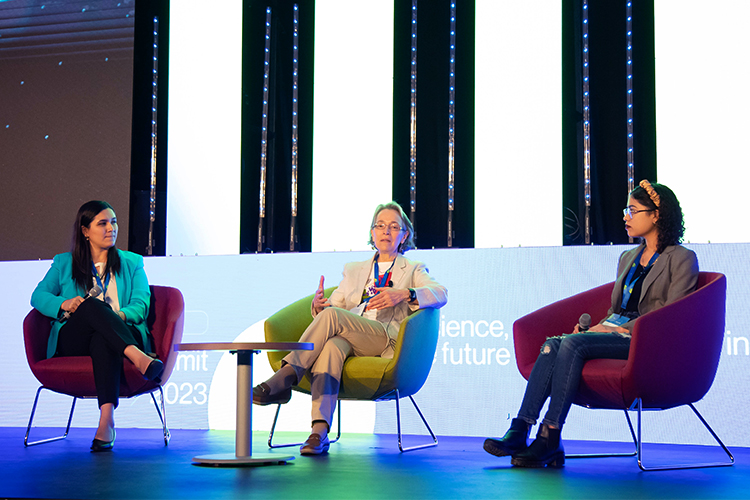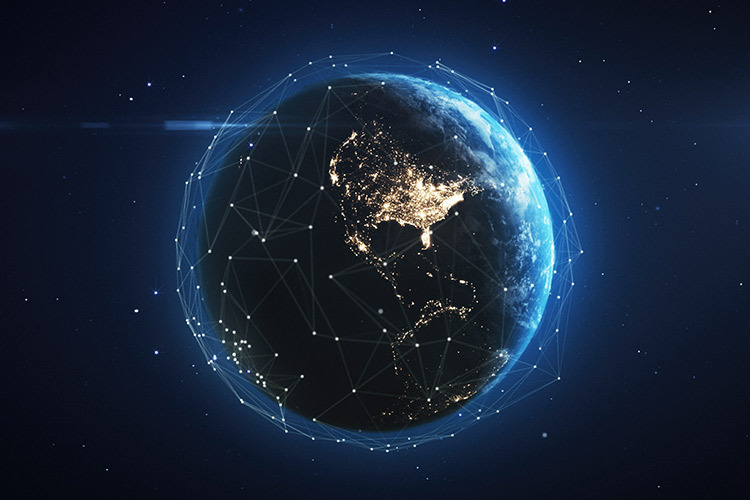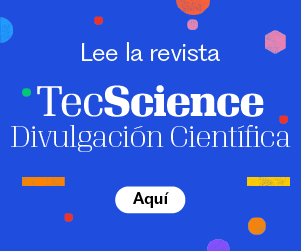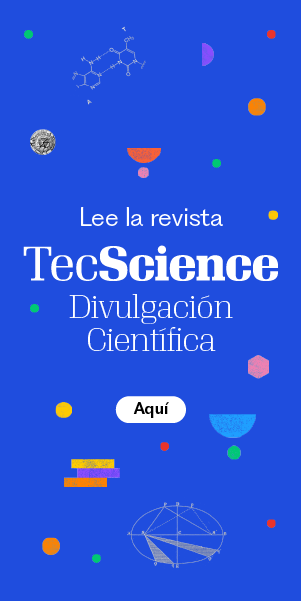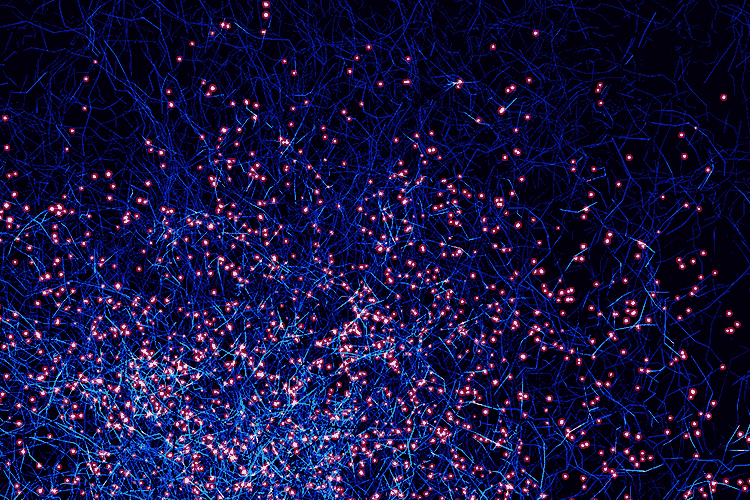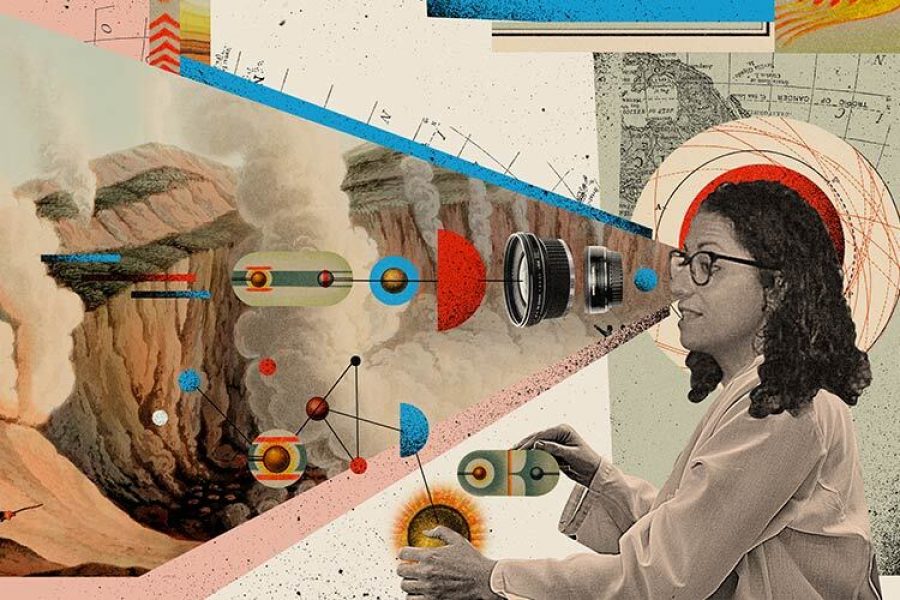Being a human creation, Artificial Intelligence (AI) can reproduce and amplify the biases that prevail in our societies towards women, according to specialists in these technologies.
According to the United Nations Educational, Scientific and Cultural Organization (UNESCO), women are 25% less likely than men to know how to take advantage of digital technology. On the other hand, only 12% of AI researchers and 6% of software developers are women.
In Mexico, only 31% of engineering students are women. Furthermore, only 12% of the workforce in STEM (Science, Technology, Engineering and Mathematics) and only 10% programmers are female.
“AI poses unimaginable growth, so it is mandatory that women participate,” said Patricia Chávez, regional director of the Computing Department of the Mexico City Campus, in the panel Women in Science. AI: a diverse and inclusive future carried out at the Tec Science Summit 2024 at Tec de Monterrey.
The panel was moderated by Teresa Barragán, National Manager of Institutional Communication at Tec de Monterrey, and included the participation of Chávez, Linda Medina, Division Director of the School of Engineering and Sciences, Lourdes Martínez, research professor at the Universidad Panamericana and president of the Mexican Society of Artificial Intelligence and Enrique Cortés, director of the Artificial Intelligence Hub at Tec de Monterrey.
The lack of representation and participation of women in the development of these technologies is one of the reasons why biases towards them can exist, but they can also come from the data used to train AIs.
“A lot of times the data is not representative of the population,” Cortés said.
Biases in Artificial Intelligence
To avoid reproducing or generating new biases towards women and other underrepresented groups in AI, there are different measures that can be taken.
The first one is to look closely at the data and the model, incorporating representative perspectives and samples. To achieve this, it is essential to have a diverse and multidisciplinary team involved in all steps of the creation of the algorithm or system.
“The most effective way to mitigate these biases is to catch them since the conceptualization of the system,” said Cortés.
One examples of the impact of these biases is the case of Joy Buolamwini, an African-Canadian computer scientist who discovered that different facial recognition software, as well as social robots, did not recognize her face.
Upon realizing this, she began to investigate and found that the algorithm behind the software and robots had been trained with images of white faces, so it was unable to recognize others.
Based on her experience, Buolamwini launched the Algorithmic Justice League, an organization dedicated to fighting discrimination in these technologies.
“We need to audit and test the algorithms to detect if there is any bias in them,” Chavez said.
Therefore, it is crucial to have more women who are programming specialists, to increase diversity among the people who write code, but also to create expert teams dedicated to examining algorithms and ensuring that they are representative.
It is also important that people raise their voice and report or point out when they detect bias or prejudice in an algorithm or AI program.
“That works, even if we think it doesn’t,” Medina said.
The Crucial Role of Schools and Universities
Furthermore, it is essential that schools have AI teaching programs that include a specific section on ethics and diversity, where critical thinking is encouraged, learning to listen and incorporate what everyone has to say.
“It’s not just mentioning it when it comes out in class, you have to prepare a specific lecture and get the students to participate,” Medina said.
It is also important that, from a young age, girls know that they can dedicate themselves to mathematics and programming if that is what they want to do, bringing AI to them in a way that is compatible with their age.
“In Coursera, in the last three years the enrollment of women in AI courses has increased from 30% to 50%,” said Medina.
Companies, organizations and institutions that use AI must have clear codes of ethics that guide users and creators of algorithms to use them and create them in an inclusive manner.
“I think we have to talk and educate ourselves on these issues, have practical guides that help us evaluate the impacts and risks of AI,” Martínez said.
This is especially important, because the use of these technologies has increased exponentially, while their legislation and regulation has stayed behind.
“While we wait for laws and regulations, system builders, have to be aware of these risks and mitigate them,” Cortés said.
Finally, it is important to understand that these prejudices are part of the human condition and it does not mean that they are there because we have bad intentions.
“Every one of us has biases and we are going to take care of the group to which we belong, this is why it is important that everyone is represented,” Martínez concluded.



